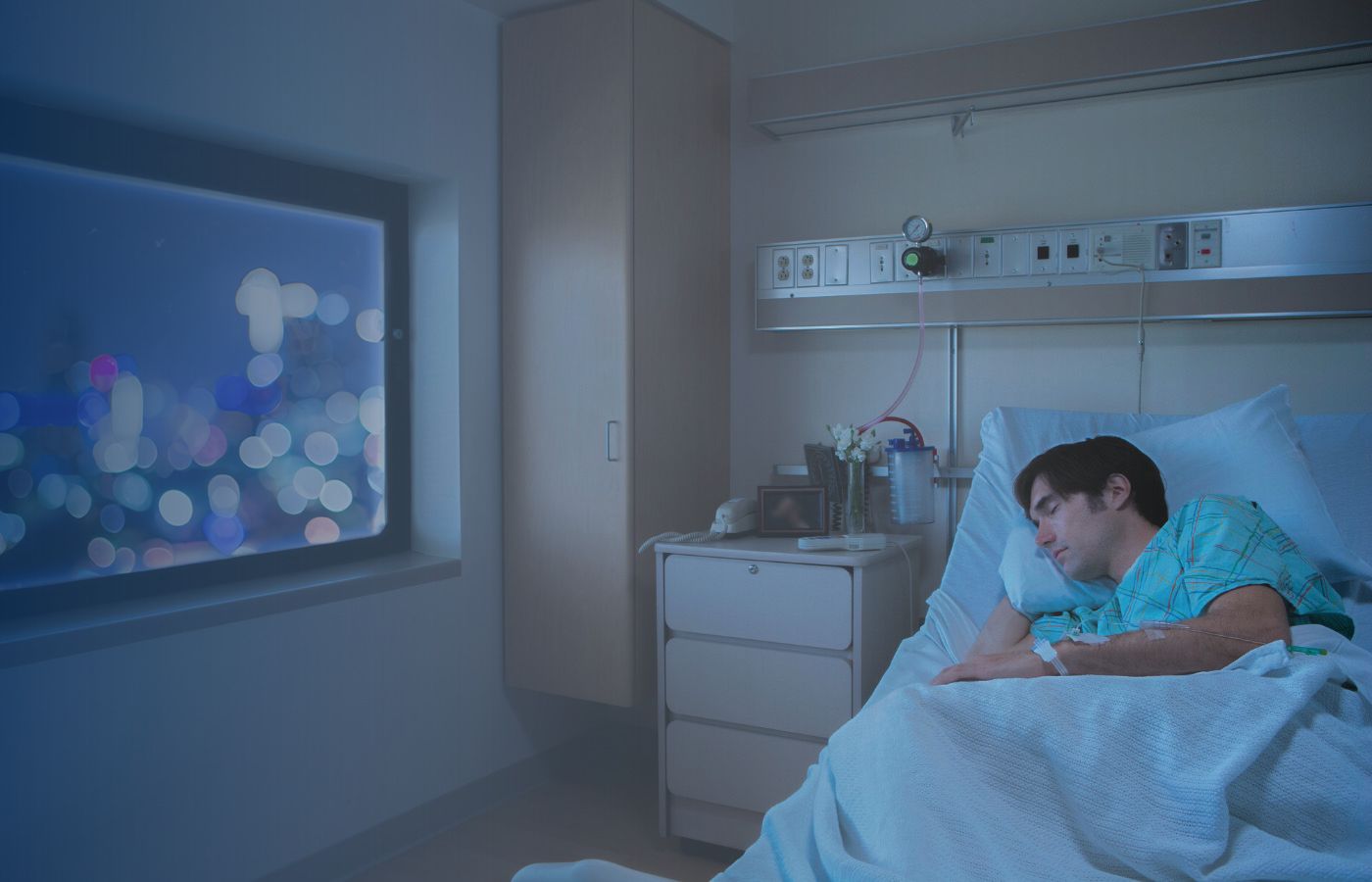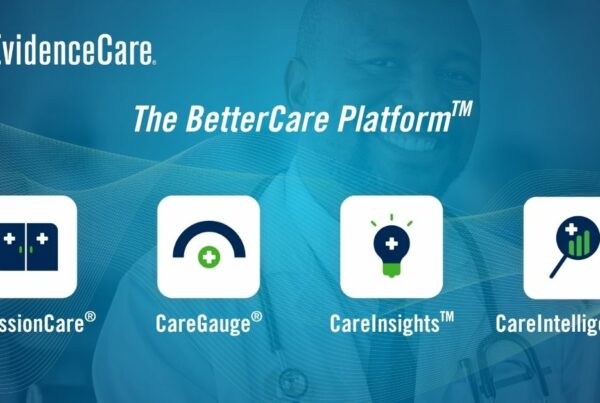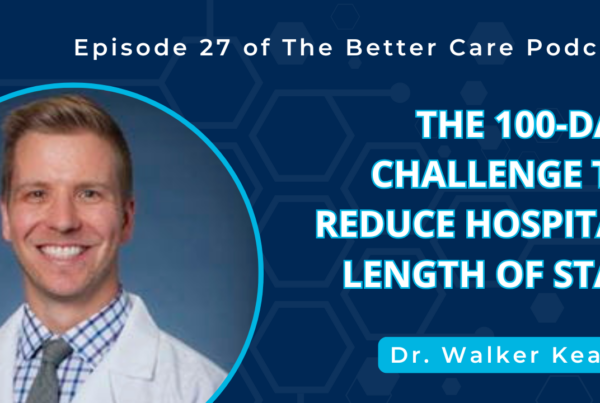Written by Carol Howard, VP of Clinical Strategy
The Two-Midnight Rule
The CMS two-midnight rule is a Medicare policy that provides guidance related to determining when a patient is eligible for inpatient hospital care. Under the rule, a patient is generally eligible for inpatient care if the admitting physician expects the patient to require hospital care that crosses two midnights. This means that the patient’s stay is expected to last at least 48 hours.
The two-midnight rule was adopted to correct high error rates for inpatient stays that were not medically necessary as well as extended outpatient “observation” services, which cost patients more money out of pocket for Skilled Nursing Facility (SNF) stays. The rule also helps to ensure patients receive the appropriate level of care, as observation care is typically less invasive and intensive than inpatient care.
There are a few exceptions to the two-midnight rule, which we’ll share in more detail in the next section. There are also times when inpatient resources are needed, but the stay will not be over 2 midnights.
For example, a patient may be admitted as an inpatient even if the expected length of stay is less than two midnights, as the claim may qualify for a case-by-case exception such as:
-
-
- Inpatient only procedure
- Increased risk of an adverse event
- High risk medication that can only be given in an inpatient setting
-
The two-midnight rule is not always easy to apply, as it can be difficult to predict how long a patient will need to stay in the hospital. In these cases, the admitting physician must use their clinical judgment to determine whether the patient meets the criteria for inpatient care.
Two-Midnight Rule Expectation and Exceptions
When an admitting practitioner expects that the patient will require medically necessary hospital care spanning 2 or more midnights, but it does not occur, providers are expected to have sufficient documentation in the medical record to support their clinical judgement.
Examples of documentation that can support a two-midnight stay:
-
- The patient’s condition requires the constant attention of a nurse or other healthcare professional.
- For example, new mechanical ventilation required.
- The patient is at risk of serious complications if they are not in the hospital.
- Documentation to support severity of clinical condition, including plan of care and estimated time to complete treatment.
- Make sure to include comorbid conditions that influence the condition.
- Documentation must make the reason for an inpatient stay apparent.
- The patient needs to receive a procedure that can only be performed in an inpatient setting.
- Unforeseen circumstances that interrupt an inpatient stay, like a transfer, death, etc.
- The patient’s condition requires the constant attention of a nurse or other healthcare professional.
For those scenarios where a patient will require intense resource utilization of the hospital personnel/resources, and the expected length of stay is less than two-midnights, an exception may be made on a case-by-case basis. If a patient has a significant risk for an adverse event and requires intensive monitoring – and there is documentation supporting the decision in the medical record – reimbursement may be granted.
Some examples of an adverse event that is expected to be resolved in less than two-midnights is an acute medical condition such as:
-
- a life-threatening arrhythmia and not improving with ED treatment,
- pulmonary embolism with right ventricular strain, or
- an acute surgical condition that is life threatening.
The medical necessity must be documented well in the medical record using the admitting clinician’s clinical judgment to make the best decision for the patient.
The Role of MCG and Interqual
MCG and InterQual are two of the most used medical necessity criteria for hospital admissions. These criteria are developed by independent organizations and are based on the latest medical evidence.
MCG and InterQual provide a list of conditions that are medically necessary for inpatient care. They also provide the “why” of what should be documented for a patient to be admitted as an inpatient for a particular condition.
The use of MCG and/or InterQual can help to ensure that patients receive timely and appropriate healthcare.
Two-Midnight Rule for Medicare Advantage Plans
According to the recent CMS final rule for CY 2024, Medicare Advantage (MA) plans must follow the two-midnight rule in 2024. They must provide coverage when an admission is based on complex medical factors that are documented in the chart, and the admitting clinician feels that the care will require at least two-midnights.
The MA plans will continue to require documentation of medical necessity, which has not been defined by CMS.
The CMS two-midnight rule is a complex policy that can be difficult to apply. However, it is an important tool for ensuring that patients receive the appropriate level of care and that Medicare payments are made in accordance with the law.
With these recent rulings, it is clear that CMS is committed to finding a way to balance the need to ensure that patients receive the appropriate level of care with the need to control healthcare costs.
Using hospital admission software like AdmissionCare helps assure compliant bed status decisions and appropriate reimbursements. By integrating medical necessity criteria like MCG and Interqual into the clinician’s workflow in the EHR, AdmissionCare is a seamless way to ensure medical necessity is documented for every admitted patient.
Get the full guide on best practices for medical necessity documentation and avoiding denials.











